News
It's time to remember Sam Snead
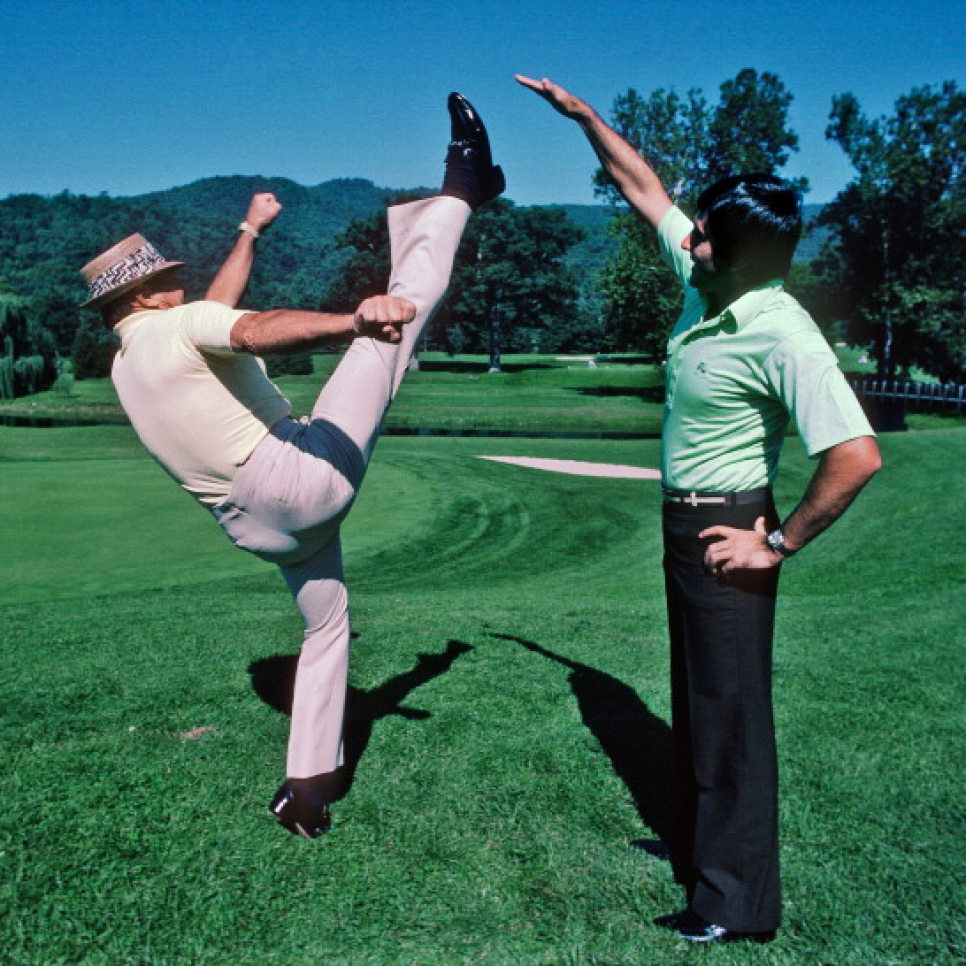
Riding in the car with Sam Snead on the way to the 1998 Masters, he saved the golf talk for last. He was more interested in telling about the real-life hillbillies not far from his home in Hot Springs, Va., who were recognizable by their angular faces, crooked noses, close-set eyes and buck teeth. “You don’t fool with them,” he said. During that seven-hour trip from his winter home in Fort Pierce, Fla., to Augusta, he told me how turkeys, which he bagged while “hunting my way into school” each day as a boy, had the best eyesight of any animal. How he’d approached and petted deer at Spyglass Hill, once captured a bobcat with his bare hands and even tamed a bass from a pond on his property. How there was a variety of onion called “ramps” that was so foul-smelling, the staff at The Greenbrier was ordered not to eat them because the odor would emanate through their skin and offend guests. He told family stories. How his mother, who was 47 when she gave birth to him, had taught him to cook and sew, and why, because of her, he could tailor his clothes. He told the tale of his great uncle, Big John Snead, who stood 7-9, weighed 350 pounds, wore a size-27 shoe, and how during the Civil War the sight of him scared off an entire company of Union soldiers.
Eventually Sam got to golf, and the stories obviously were first-rate. How he’d made holes-in-one with every club in the bag except the putter, and that it included an ace with a 3-iron, swinging left-handed. The tragic details of his U.S. Open heartbreaks—he never did win one—and the bitterness he harbored for having his PGA Tour win total reduced from 88 to 81, and then back up to 82. Sam was prone to complaining, but he did it in a human and interesting way. He pointed out that in 1950, he won 11 tournaments to Ben Hogan’s one. Who was named PGA Player of the Year? Hogan, of course.
Sam told stories about Hogan (“People don’t know it, but we were like brothers,” he said), Byron Nelson and Bobby Jones, and shared delicious gossip about obscure champions such as Lloyd Mangrum, the 1946 U.S. Open champion and decorated World War II veteran who was wounded in the Battle of the Bulge. Mangrum, Sam said, was reputed to have surreptitiously executed a group of German POWs with his Thompson submachine gun. “They’d killed a lot of Lloyd’s friends,” he explained.
During that car ride, as we neared Jacksonville, Sam suffered what was later diagnosed as a TIA, a form of stroke. We pulled off I-95, and Sam, slurring his words, grew ill in the emergency lane. Sam’s son Jack drove very fast to Augusta, where Sam was taken to the hospital. I visited him there—was treated like family—and watched as Sam recovered for a couple of days, teasing nurses and cussing how he needed to be released to take part in the honorary-starters ceremony. The doctors, stunned by the quickness of his recovery and shocked by their finding that Sam, then 85, had virtually no plaque in his arteries, finally let him go.
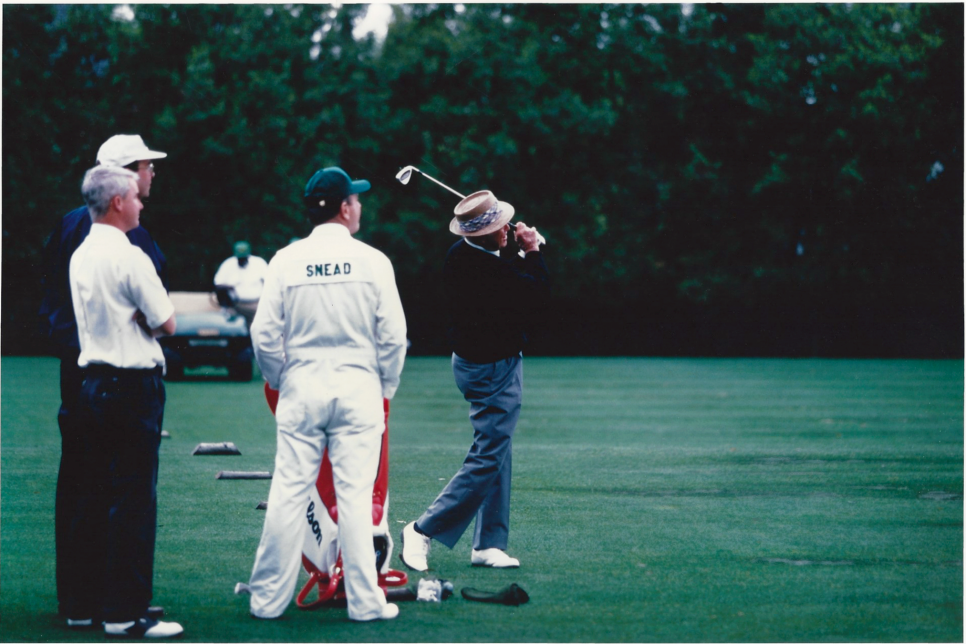
I’ve never experienced anything like watching Sam on that Thursday morning. After topping and shanking a bunch of iron shots on the practice range, he wobbled onto the first tee, and we held our breath, hoping he wouldn’t whiff. After a florid introduction, Sam, as if possessed by an angel, pivoted like he was 30 again and smashed his tee shot into the exact middle of the center-fairway mower stripe. I wrote at the time how strangers in the gallery hugged each other, men crying at the miracle they’d just seen.
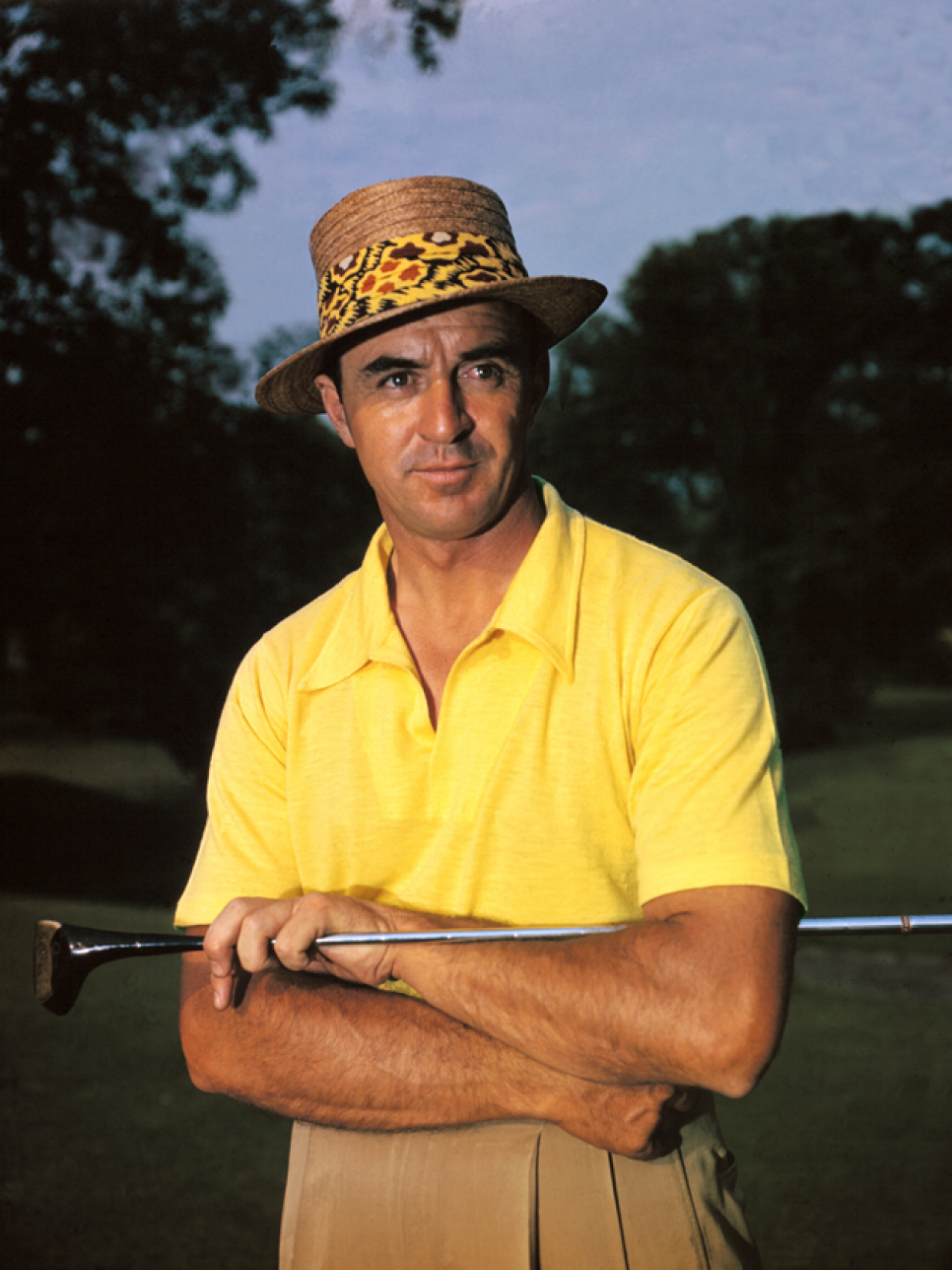
Bettmann
LEGENDARY STORIES
I had numerous experiences like that with Sam over the years—pardon the bragging—and it’s satisfying to see that he’s back in the news again. Tiger Woods is on the precipice of matching Sam’s record of 82 PGA Tour wins. Tiger has 81 and is expected to catch and surpass Sam, probably sooner than later. The pursuit of that record is one of the best storylines of the year, as the feat ranks second only to Tiger’s attempt to boost his major-championship victory total from 15 to 18 and catch Jack Nicklaus. It’s a reminder to continue to remember and embrace Sam, who for more than six decades was a colorful and enduring part of the golf landscape.
It wasn’t just Sam’s accomplishments. He won seven major championships and many tournaments beyond the mere 82 for which he’s credited, and is a consensus choice as one of the five best players who ever lived. It was his persona, the way he played and for how long, that to me makes him the most compelling player ever. The firsthand recollections from the game’s legendary players about shots they watched Sam hit that had to be seen to be believed fill up files on my computer.
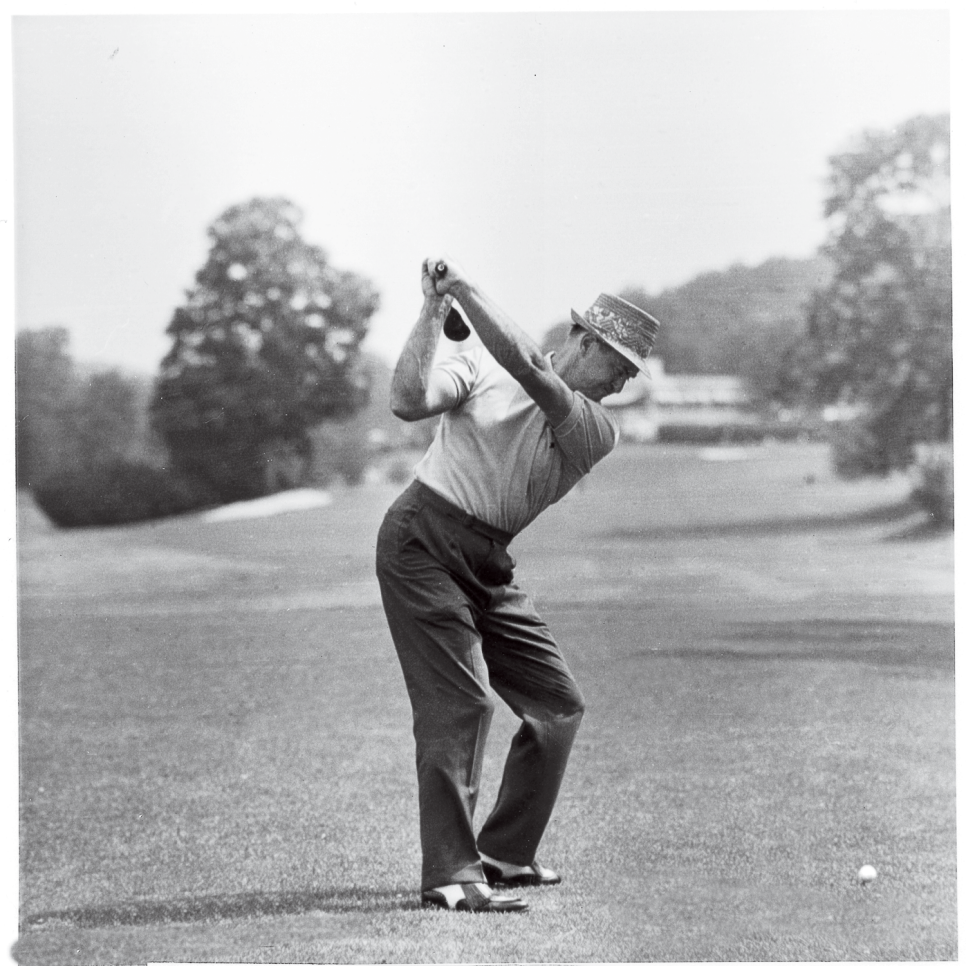

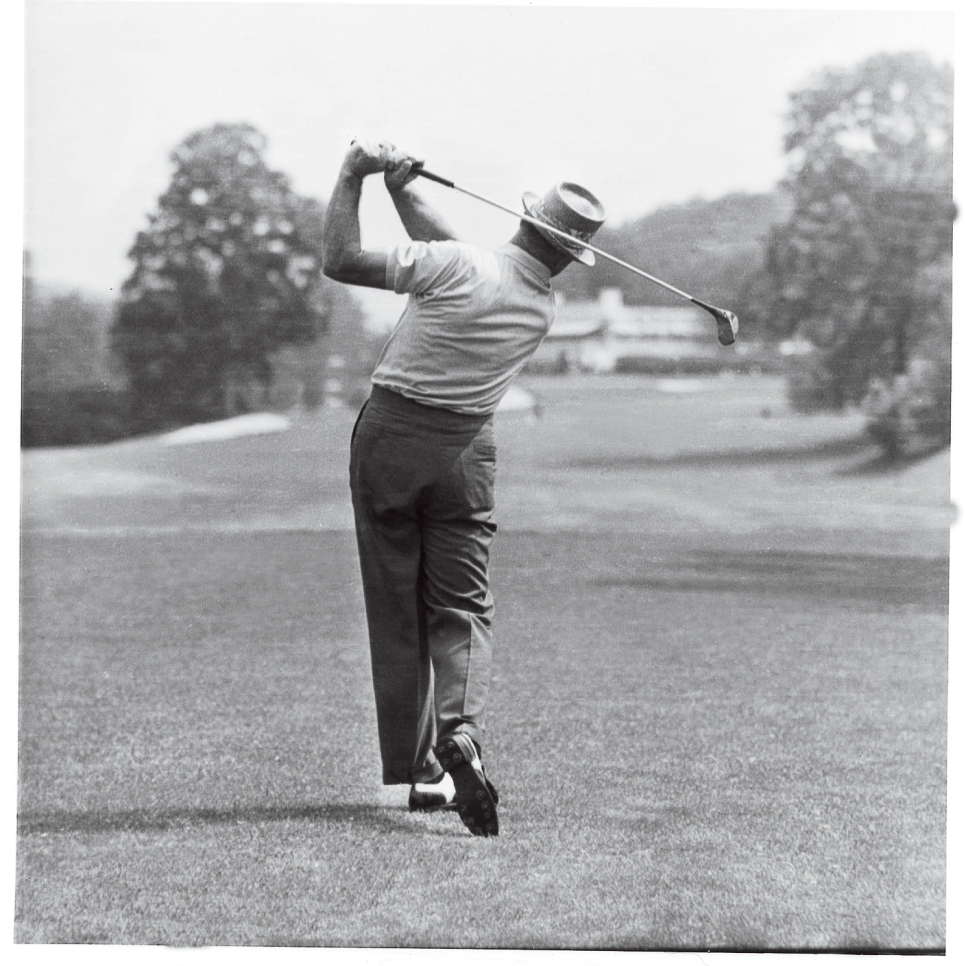
Lee Trevino says that of the millions of shots he’s seen, it was a driver Sam hit off the fairway in 1967 at a course near Fort Lauderdale called The Diplomat that stands alone. “A high draw to a right-hand flag from 220 yards out, water on the right, ball a little below his feet,” Lee says. “He took very little time, just hit it and reacted like it was something he did all the time.” Jack Nicklaus says that as a young player, when he closed his eyes and saw the swing he wanted, it was Sam’s. Jackie Burke, Gary Player, Chi Chi Rodriguez, Doug Ford, Johnny Miller, Fuzzy Zoeller, Bob Rosburg and Bob Goalby as recently as last year—they all told stories about inhuman things they saw Sam do with a golf club. The stories came without prompting. I always found it telling that my esteemed colleague, the late Dan Jenkins, a devoted Hogan man, once admitted, “The weeks where Sam showed up with his best game, I’d feel hopeless and mad because I knew Ben couldn’t beat him. No one could.”
Even Tiger remembers Sam. In 1982, when Tiger was 6 and Sam 69, they played a two-hole exhibition at Soboba Springs in San Jacinto, Calif. On the first hole, Tiger hit his tee shot on a par 3 into water, his ball partially submerged. “I got in there to play it, and the ball was sitting up, but from behind me Sam yells, ‘What are you doing?’ ” Woods recalls. “I look around, dumbfounded. I’m going to hit the shot. Sam says, ‘Just pick it up and drop it. Let’s go on.’ I didn’t like that very much.” Tiger’s teacher at the time, Rudy Duran, recently told writer Bill Fields, “Tiger kind of looked at Snead kind of funny and got his iron out and hit it on the green. Sam shook his head like, That’s pretty good.”
Tiger in the last couple of years has become more relaxed, more approachable. Still, his accessibility is nothing like Sam’s, who would talk with anyone, anywhere, anytime. The first time I asked a colleague for Sam’s phone number, he said, “Call directory assistance. He’s in the phone book.” Sam loved people, enjoyed showing off and relished the give and take, especially if your face was somewhat familiar. Once you penetrated the first outer ring of Snead’s circle, he treated you like there weren’t many circles left. Is there a great modern player like that? Phil Mickelson comes closest, but most others understandably keep the rank and file at a distance. As Tiger will tell you, there are perils out there. It’s a different time.
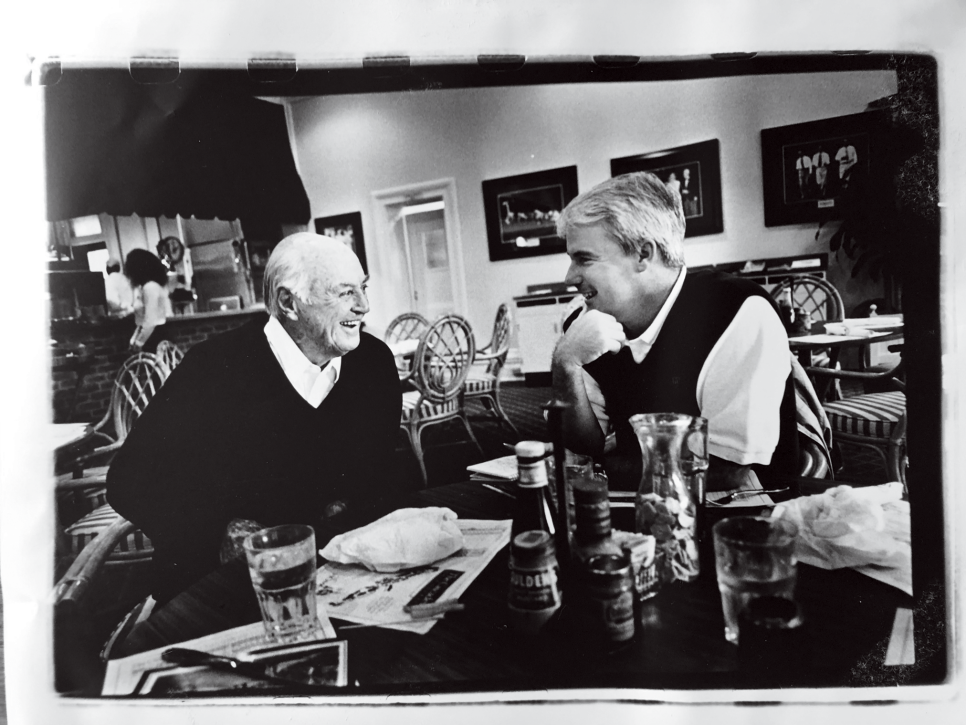
‘Come on, Sam, you owe me,’ I said. ‘next time we’ll have a better understanding,’ he said, and drove off.
A ROUGH FIRST MEETING, THEN A DISPUTED BET
My first encounter with Sam was in 1982, the same year he met Tiger. It was at a PGA Tour Champions tournament in Utah. I was a kid sports writer, passionate about golf but a tad naïve. A passage from Snead’s fabulous autobiography, The Education of a Golfer, had intrigued me. It was about his bouts with the yips. “You don’t know grief until you’ve missed successive putts of 12, 18 and 12 inches,” Sam wrote.
During the tournament, I skipped onto the practice green where Sam was talking with players and other writers. Oblivious to the idea the yips might be a sensitive subject to Sam, I asked him, “So, was it a weak nervous system, or what?” Sam shot me an incredulous look as the sportswriters guffawed. One of them, the esteemed Lee Benson, led his column about it the next day. Sam, barely keeping his composure, told me a little about the yips and a lot about the sidesaddle method he’d used to cure them. He called me Junior that day—the sportswriters laughed at that, too—and for the next two years the writers referred to me as Junior.
Sam knew I meant well, but it was a rocky start. Five years later, having graduated to Golf Digest, a longer encounter occurred at a course opening at Gleneagles in Delray Beach, Fla. I was to play nine holes with Sam and another nine with Doug Ford. When I proposed a $10 bet with Sam, he eagerly accepted. I knew he loved playing money games and would appreciate the incentive. The problem was, he thought we were playing 18 holes, not nine. When I shot 39 to his 36—he had agreed to spot me four strokes, medal play—he lost and refused to pay. “Come on, Sam, you owe me,” I said. “Next time we’ll have a better understanding,” he said, and drove off. He stiffed me.
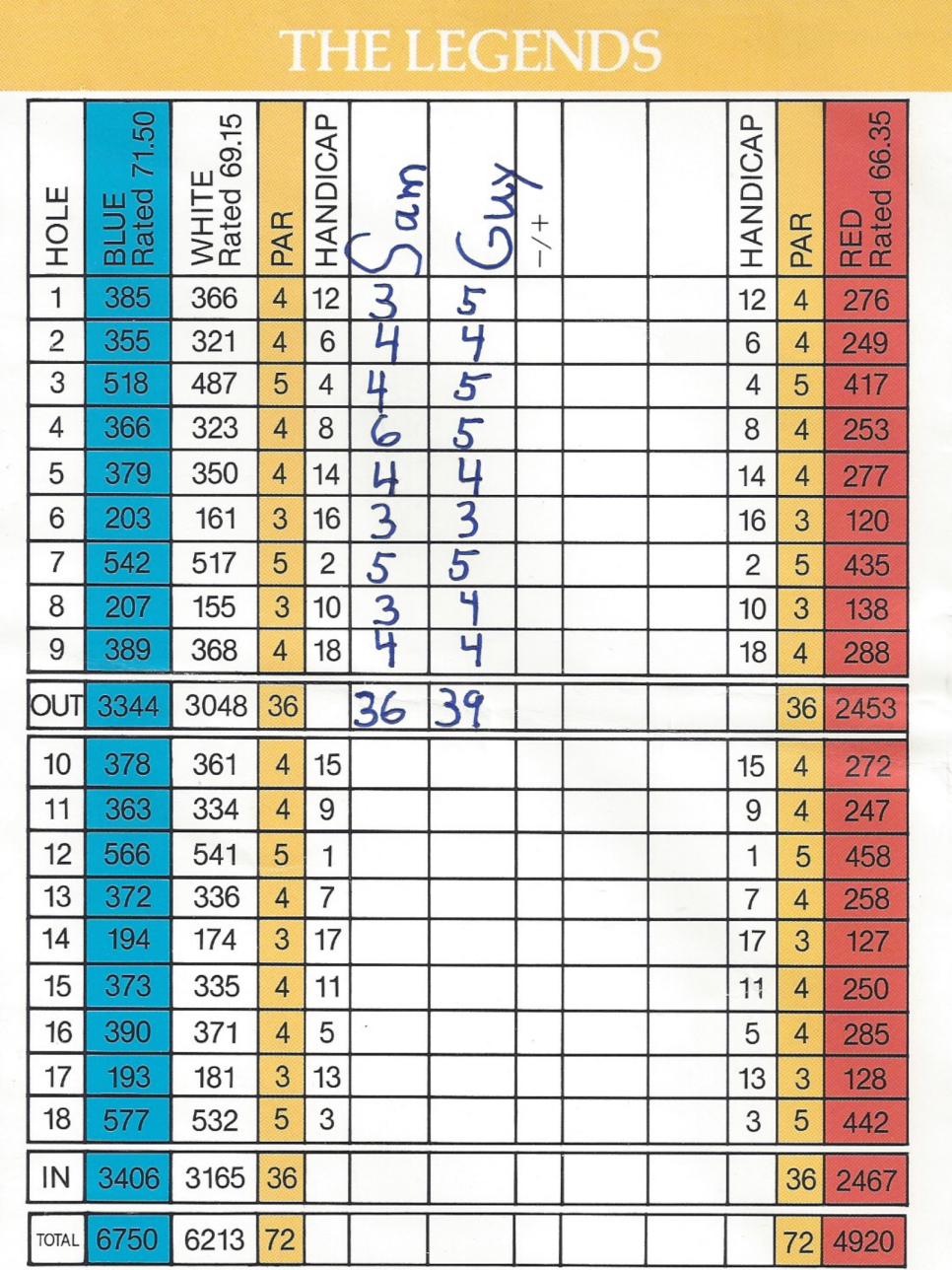
But in that nine holes, I got my first super-close looks at Sam’s game and his unbelievable physical prowess. You’ve probably heard of him kicking the tops of seven-foot door frames even at age 80, and it’s true. Unless they’ve replaced the entrance to the Champions Locker Room at Augusta National, the marks from his steel spikes are still there, because I saw them. That day, showing off, he did some stuff that was even more incredible. At 5-10 and 185 pounds—his weight was remarkably consistent his whole life—he could pick the ball out of the hole without bending at the knees. He could press the thumb of his left hand against his forearm, without an assist from the other hand. Sitting in a chair at the clubhouse at the end of the day, he bent over and touched both of his elbows on the floor. And he still was god-awful strong. When he missed a shot that day at Gleneagles, he flexed the steel shaft of an iron with his hands so far I thought it would snap in two. It was easy to see how Sam as a youth had run the 100-yard dash in 10 seconds flat, was a good baseball pitcher and halfback in football, and even dabbled in boxing, in 1936 earning a decision in a bout with a pro named Lowell (Hurricane) Hite.
GIVING AND TAKING
Sam, who supposedly was frugal, in truth was generous. He bought homes for poor families and carried in his wallet a $1,500 I.O.U. from Ralph Guldahl, to whom Sam had staked a loan when Guldahl was struggling. He never let me pick up a dinner check, and I saw him leave substantial tips to service employees in all kinds of places. Jack Snead told me the things his dad did for the communities in Bath County were numerous but intentionally kept quiet. It’s why a long stretch of Route 220 in Virginia was named the Sam Snead Highway.
But he also had a sharp edge, especially with the players he was trying to beat. Johnny Miller told me that in the early 1970s, when Sam was still competing—at 62, he tied for third at the 1974 PGA Championship—Sam would spot up-and-coming pros on the range and get in their heads. “He’d say, ‘I don’t know how you get it airborne with the ball so far back in your stance,’ and keep walking,” Miller says. “The guy would move the ball forward two inches, and that would be the end of him.”

Sam was generous helping others with their golf games, too. In 2000, during one of my visits with him at The Greenbrier, I mentioned I’d been struggling with the short irons. He dragged me to the range and worked with me for an hour, offering tips I’d never heard anywhere else. He cooed soothingly when he dispensed his advice. “Squeeze a little more firmly with the ring finger of your left hand” is one I remember. I left The Greenbrier striping it. A couple of years later, JoAnne Carner told me that during her prime she had a period where she had trouble shifting her weight to her left side. No instructor was able to help her. “Sam watched me during a team event and told me to soften my left arm at the elbow during my backswing,” she recalls. “Heaven knows why, but it worked immediately. I went on a tear. Every teacher I mentioned Sam’s fix to, fogged over. They couldn’t figure out why it worked, but it did.”
As Sam taught, he’d demonstrate. That alone was therapeutic. Sam’s waggle was beautiful, a heft followed by a swift placing of the clubhead behind the ball and the slightest tremor—not apparent in video—that flowed up through his hands and wrists to his upper arms and then his whole body. Simultaneously his feet would move in a way that suggested he was wiggling his toes in his shoes. It was just gorgeous, and when he kicked his right knee forward and began his backswing, the fluidity that followed was on a different level. If Sam were wrapped in crinkly cellophane, you had the impression he’d swing without making a noise.

Phil Sheldon/Popperfoto/Getty Images
Visits always wound down with late-afternoon lazing at Sam’s home on the 60-acre Snead property, which the King of England gave to the family in a land grant in 1763. Sam loved to remove his hat and shoes and pad around in his socks, telling the stories behind the numerous exotic animals mounted on the walls. “I don’t like killing animals anymore,” he said. Then he’d get dressed again and take me down to the pond where he tamed that bass. He showed me the family graveyard where his ancestors—Sam said, 15 of them—are buried, and where he, too, would be interred. “I’m not really religious,” he said, staring at the burial plots. “But deep down, I believe. I know the Lord’s Prayer by heart.”
My last visit with Sam was in 2001. We lunched at The Homestead, and he watched me hit a few balls. “You’re gripping it tighter than when I last saw you,” he said. Sam was hurting. He had carpel tunnel syndrome in his left hand, a bad shoulder and macular degeneration that made it hard for him to see the ball at address. He’d had a toe amputated. He told me how he loved getting his haircut nowadays, liked feeling another person’s hands on him. Long a teetotaler—he’d promised his high-school athletics coach he’d never touch a drop—he now liked a stiff cocktail, just one, because it eased his aches.
He poured out a few of his regrets, personal in nature. He expressed gratitude that a family from a nearby church had taken in his youngest son, Terry, who was mentally disabled his entire life. His reflections were soft and nostalgic. He missed his friends. When he walked me to my car, he opened the door for me and told me to be careful. There was this unmistakable feeling I would never see him again, and I didn’t. But that’s the miracle of Sam. If you spent any time with him, he lives with you forever.

FORM A ‘K’ WITH YOUR LEGS
This contribution from Sam was ranked No. 2 on Golf Digest’s all-time list of tips as part of our 60th anniversary in 2010.
A good way to build strength in your hands and wrists is to take newspaper pages and roll them up into balls with each hand. To use that strength, try for a bigger turn on your backswing.
To increase your turn, make your left hip and left shoulder turn together on your backswing. Do it rather slowly, and keep your hands and arms light. Swinging too fast can tighten them and cut off your flexibility. As you turn away from the ball, let your left knee swing inward to the right so your legs form a “K.” Then start your downswing with your right knee swinging to the left to form a backward “K” in the opposite direction.